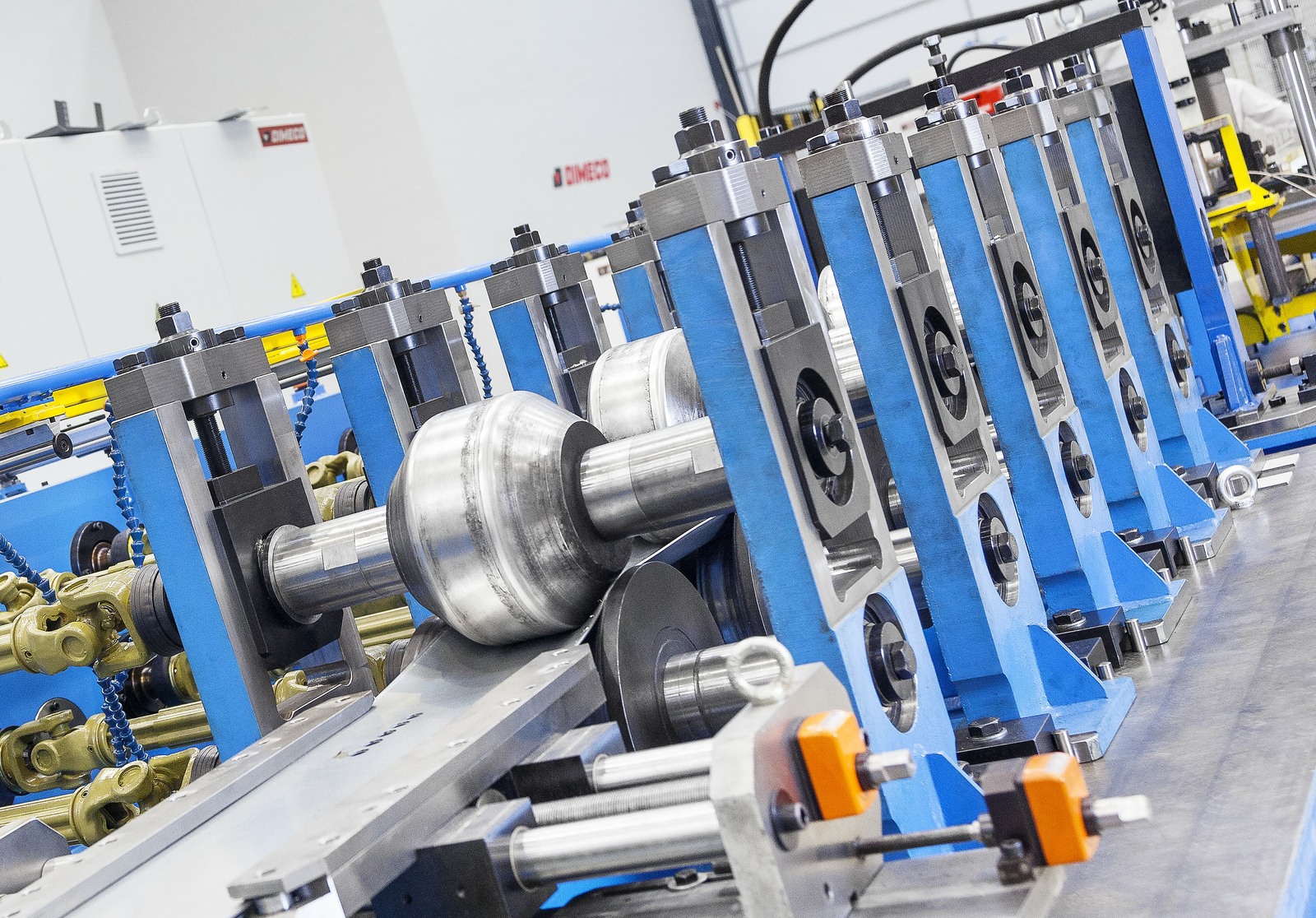Introduction: Bracing for the Economic Impact of Trade Tariffs
In today’s volatile global economy, trade tariffs have emerged as one of the most disruptive forces affecting businesses worldwide. While designed to protect domestic industries, tariffs often come with unintended consequences—higher costs, supply chain complications, and reduced international competitiveness.
For many companies, especially those engaged in international trade, the question is no longer if Trade tariffs will affect operations, but how badly. As nations revise trade agreements and adjust their policies in reaction to global tensions, businesses must adopt proactive strategies to remain resilient.
In this article, we explore intelligent and actionable tactics businesses can use to navigate the stormy seas of trade tariffs—without compromising growth, market share, or operational integrity.
Understanding Trade Tariffs: More Than Just Import Taxes
At its core, a trade tariff is a tax imposed by a government on imported goods. These tariffs are often used to:
- Protect domestic industries
- Respond to unfair trade practices
- Generate revenue
- Influence political or diplomatic negotiations
However, while the intent may be protective, trade tariffs often lead to unintended side effects such as increased production costs, inflation, and retaliatory measures by trade partners.
For exporters, importers, and manufacturers alike, navigating trade tariffs requires far more than just raising prices—it requires strategic planning and smart execution.
Strategy #1: Conduct a Comprehensive Tariff Impact Audit
The first step in responding to trade tariffs is understanding their true impact on your business. A detailed tariff impact audit should include:
- Identifying affected products across your import/export portfolio
- Assessing cost increases from both direct tariffs and indirect effects (e.g., raw material inflation)
- Mapping your supply chain exposure, particularly where goods cross multiple borders
- Forecasting long-term financial impact under current and potential future tariffs
Many companies are shocked to discover how deep the effects run—impacting not only sourcing but also inventory, pricing strategy, and customer loyalty.
Strategy #2: Diversify Supply Chains and Sourcing Regions
One of the most effective ways to reduce exposure to trade tariffs is to avoid overreliance on a single country or region—especially those subject to high tariff risks.
Tactical moves include:
- Re-sourcing suppliers from countries not targeted by tariff increases
- Investing in regional supply chains to shorten logistics paths and avoid cross-border costs
- Establishing dual sourcing models for greater flexibility during trade disruptions
For example, shifting a portion of manufacturing from China to Vietnam, Mexico, or India has helped many U.S. businesses bypass steep tariffs while maintaining supply continuity.
Strategy #3: Utilize Free Trade Agreements and Trade Zones
Many businesses are not fully aware of how Free Trade Agreements (FTAs) and Foreign Trade Zones (FTZs) can reduce or eliminate tariff burdens.
Free Trade Agreements
FTAs like the USMCA, CPTPP, and EU-Japan Economic Partnership allow for preferential treatment on certain goods, significantly lowering or eliminating trade tariffs when origin rules are met.
Foreign Trade Zones
Operating within an FTZ allows companies to import goods, store or assemble them, and then re-export without paying duties—creating enormous savings for global manufacturers and distributors.
Leveraging these mechanisms requires compliance expertise but can lead to substantial cost reductions.
Strategy #4: Optimize Tariff Classifications and Product Valuation
In many cases, companies unknowingly overpay tariffs due to incorrect product classification or valuation on customs forms.
Smart strategies include:
- Reviewing Harmonized System (HS) codes for accuracy
- Working with customs brokers to explore classification rulings
- Evaluating product bundles or kits that may qualify for alternative classifications
- Adjusting declared value, if defensible under customs regulations
These small tweaks can lead to significant savings, especially for high-volume importers.
Strategy #5: Reengineer Products for Local Assembly or Origin Benefits
Adapting product design and manufacturing processes can provide origin advantages under certain trade laws. This tactic is especially effective when:
- Components sourced from high-tariff countries are replaced with alternatives from duty-free partners
- Products are partially assembled abroad to shift origin designation
- Finished goods are localized to qualify for domestic production credits or exemptions
Reengineering not only helps with tariff compliance but may also open doors to sustainability benefits and local market preferences.
Strategy #6: Pass Through Costs Strategically
While many businesses fear customer backlash from raising prices, strategic cost pass-throughs can help maintain margin without losing market share.
Best practices include:
- Bundling services or value-added features to offset higher prices
- Gradual and transparent price increases supported by communications explaining the global context
- Customer segmentation, passing higher costs only to segments that are less price-sensitive
Combining this approach with cost reduction elsewhere can maintain brand integrity and competitiveness.
Strategy #7: Engage in Advocacy and Policy Dialogue
Trade policy is a moving target. The companies best equipped to influence their fate are those that actively participate in the conversation.
- Join industry coalitions to share insights and advocate collectively
- Work with trade associations that regularly interface with government trade bodies
- Monitor regulatory updates to stay ahead of new tariff announcements and deadlines
Active advocacy helps shape policies that consider real business impacts rather than political soundbites.
Conclusion: Build Resilience Through Strategy, Not Reaction
The era of trade tariffs is far from over. Global geopolitics, economic rivalries, and shifting alliances mean businesses must be ready for ongoing disruption.
Rather than scrambling every time tariffs are imposed, smart companies are now embedding tariff resilience into their core operations. This includes everything from diversified sourcing and digital compliance tools to origin engineering and advocacy.
Actionable Takeaway:
Start with a full audit of your trade exposure. Then create a cross-functional task force to implement at least two to three of the strategies outlined above. Surviving the storm of trade tariffs isn’t about waiting it out—it’s about steering your business with foresight and flexibility. Our website is your ultimate source of valuable information.
FAQ: Smart Answers About Trade Tariffs
1. How do trade tariffs affect small and medium-sized enterprises (SMEs)?
SMEs often lack the scale and financial buffer to absorb tariff-related cost increases. This makes strategies like supply diversification and FTAs especially critical for them.
2. What industries are most impacted by trade tariffs?
Manufacturing, automotive, electronics, agriculture, and retail are among the most affected industries, especially those with global supply chains or price-sensitive markets.
3. Are trade tariffs permanent?
Not always. Tariffs can be temporary tools used during trade negotiations. However, the uncertainty they create often leads businesses to seek long-term workarounds and policy engagement.















Leave a Reply